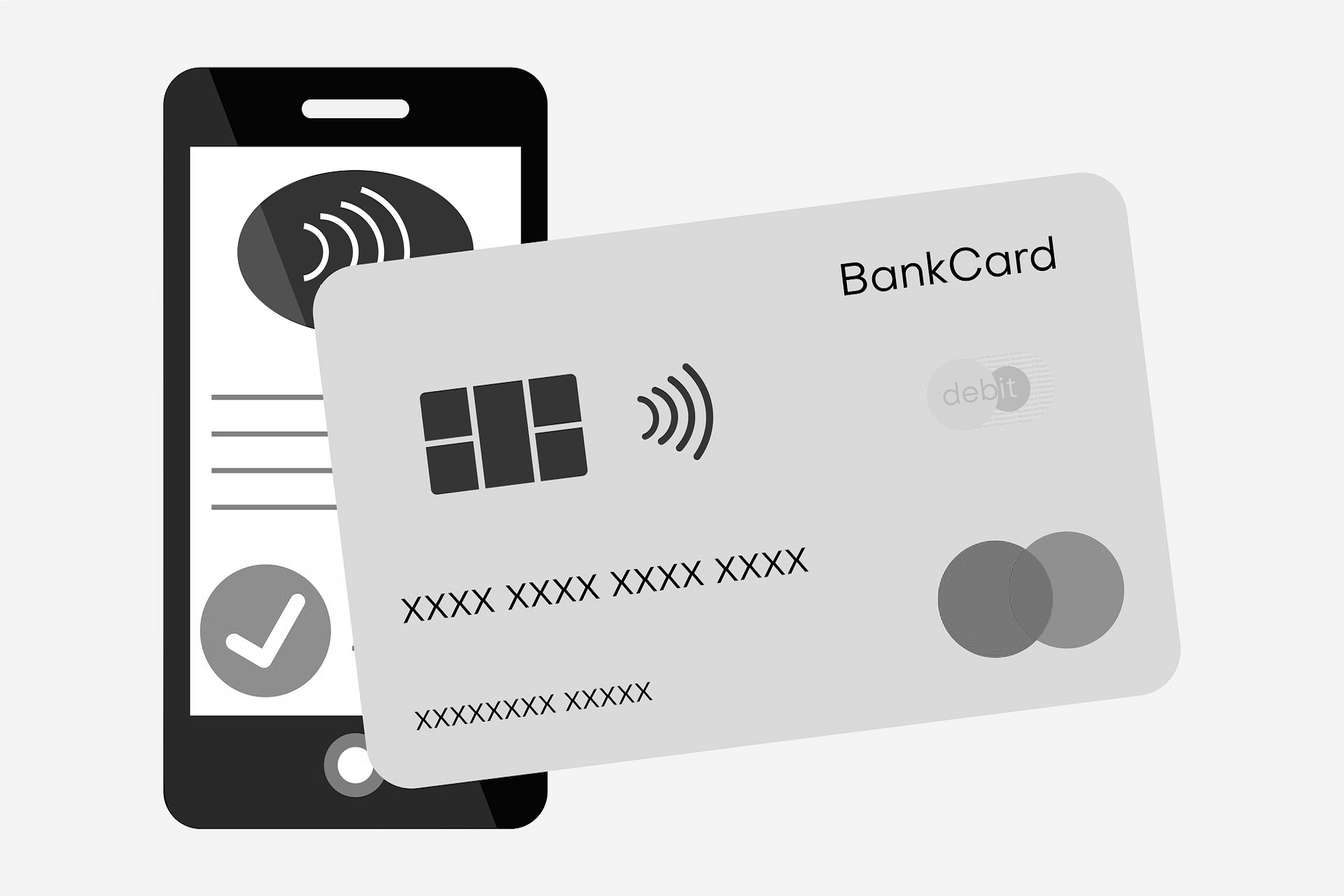The COVID-19 pandemic forced a rapid shift towards remote work and transformed the way we conduct daily business. One significant consequence of this shift was the uptick in mobile device usage, as both employees and individuals embraced these devices as essential tools for communication and productivity. Simultaneously, health experts encouraged the widespread adoption of mobile wallets and touchless payment technology to reduce the risk of germ transmission. However, with this surge in mobile device usage came a corresponding increase in mobile device vulnerabilities, exposing both individuals and organizations to heightened cybersecurity risks.
Remote work became the new norm, leading to a surge in companies implementing bring-your-own-device (BYOD) policies. This approach allowed employees to use their personal mobile devices for work-related tasks, increasing flexibility but also amplifying security concerns. According to Check Point Software's Mobile Security Report, 2021 witnessed a concerning statistic: 46% of companies experienced security incidents involving malicious mobile applications downloaded by their employees. The line between personal and professional usage of mobile devices blurred, creating a fertile ground for cybercriminals seeking to exploit vulnerabilities.
One alarming trend emerging from this mobile device reliance is the targeting of Mobile Device Management (MDM) systems. Ironically designed to enhance security by allowing companies to manage corporate devices effectively, MDMs have become an attractive target for hackers. These systems are interconnected with the entire network of mobile devices within a company, making them a central point of vulnerability. Cybercriminals are now exploiting MDMs to launch coordinated attacks that can potentially compromise the security of every employee's device simultaneously.
The sheer volume of users relying on mobile devices during the pandemic has presented cybercriminals with a larger pool of potential targets. Whether it's through phishing attacks, malicious app downloads, or exploiting MDM vulnerabilities, hackers have recognized the opportunities in this evolving landscape. As more businesses transition to hybrid or remote work models, the importance of mobile device security cannot be overstated.
To counter these growing threats, individuals and organizations must take proactive steps to safeguard their mobile devices. This includes regularly updating operating systems and applications, being cautious when downloading apps, using strong and unique passwords, and enabling multi-factor authentication. Companies must also invest in robust cybersecurity measures, educate their employees on best practices, and continually assess and update their BYOD and MDM policies.
In conclusion, the COVID-19 pandemic brought about a surge in mobile device usage and the adoption of touchless payment technology. However, this shift also heightened mobile device vulnerabilities, creating a more attractive landscape for cybercriminals. As remote work and BYOD policies continue to shape the way we work, the importance of mobile device security cannot be understated. It's essential for individuals and organizations to prioritize cybersecurity measures and stay vigilant in this evolving digital landscape.
Sources and additional reading:

